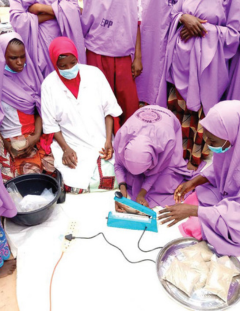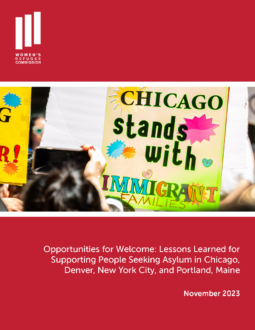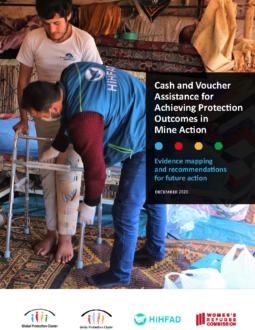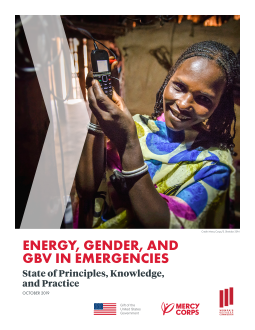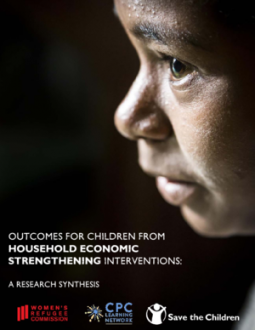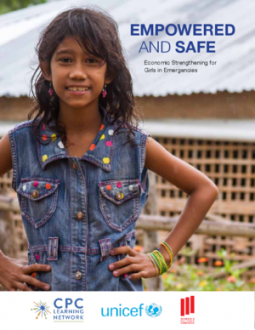
Empowered and Safe
PublishedEconomic Strengthening for Girls in Emergencies
Little is known about the economic dimension of girls’ GBV risk, despite the clear relationship between economic insecurity and some forms of GBV, and despite girls themselves consistently identifying livelihoods as a top priority. These resources show how economic strengthening can achieve change, and how lessons from the development sector intersect with knowledge from humanitarian contexts.
Conflict and displacement exacerbate economic insecurity and reduce safe livelihood options. As a result, girls may be forced to resort to harmful measures to survive, such as transactional sex, dangerous labor migration or low-paying work in the informal economy, where unsafe carries a heightened risk of sexual violence and exploitation.
Like provision of food, water and shelter, protection from GBV can be a lifesaving intervention and must be prioritized as such. And while humanitarians agree on the need to build girls’ human, social, financial and physical assets, they acknowledge that economic assets are the least understood.
Program Recommendations
For details, download Empowered and Safe: Economic Strengthening for Girls in Emergencies.
- Ensure girls’ participation throughout the program cycle
- Anticipate and mitigate potential risks to girls’ safety and well-being
- Build on what exists and use formative research to ensure context-specific interventions
- Use a holistic, integrated approach to build economic and social assets
- Remove barriers to girl’s participation
- Invest in meaningful and sustained engagement with families and communities from the outset
- Tailor interventions to girls’ age, developmental stage and circumstances
- Use safe spaces, peer support and mentoring
- Use market-based livelihoods strategies
- Define changes and invest in measurement
Guiding Principles
For details, download Empowered and Safe: Theory of Change.
- Minimize risk of harm from interventions.
- The humanitarian community has an obligation to protect girls’ rights and to ensure their participation.
- Programs should be integrated, comprehensive and inter-sectoral.
- Interventions must be tailored to girls’ needs and circumstances, and to each context.
- Ending GBV involves tackling harmful gender-based discrimination and social norms in the community.


